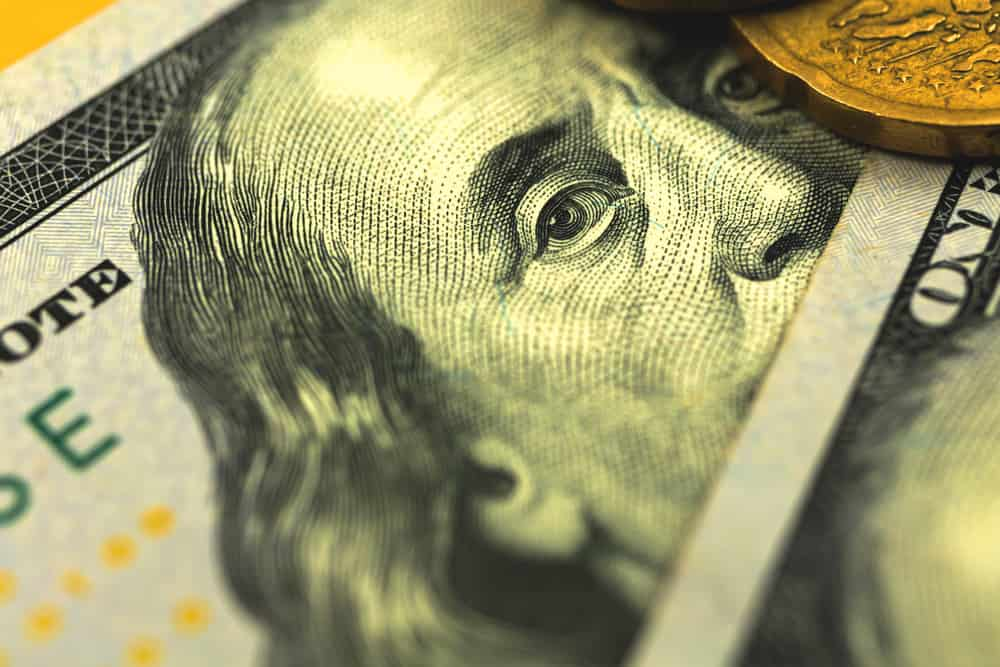The United States economy has been battered in recent months, with different sectors taking a hit, and the initial public offering (IPO) space is emerging as one of the biggest casualties. Indeed, after years of steady growth, the number of IPOs has taken a significant slump, with the future still uncertain.
In particular, according to data acquired and calculated by Finbold on February 16, the U.S. recorded 181 IPOs in 2022, representing a slump of a whopping 82% from 2021’s 1,035. Notably, the number of IPOs in 2021 represents a surge of about 115% from 2020’s 480. Between 2002 and 2005, the lowest number of IPOs was registered in 2008, at 62, amid the financial crisis.
A breakdown of the 2022 IPO quarterly distribution indicates that the number of companies going public steadily declined as the economy’s fortunes continued to dim. For Q1 2022, there were 80 IPOs, dropping to 18 in the last three months of the year.
How economic uncertainty impacted IPOs
From the data, last year proved to be a challenging time for the U.S. IPO market, with the economic uncertainty characterized by rising interest rates and the Federal Reserve’s aggressive monetary policy leaving the markets in a volatile state. With sentiments essentially pointing to a possible recession, companies aiming to go public were kept at bay with the flaring geopolitical tensions and spillover effects from the pandemic.
Additionally, sectors that have historically led in the number of IPOs were most affected over the last year. For instance, market conditions weighed down the ability of technology firms to go public. Most entities in the sector navigated a high-interest-rate environment that boosted yields on government securities, making high-growth shares associated with technology less attractive.
It is worth noting that the U.S. stock market has been attractive to foreign investors, especially the Chinese. However, 2022 saw a pullback of Chinese companies from the U.S. market, highlighting the escalating tensions between the two countries. Notably, the Chinese government reportedly launched a crackdown on tech companies going public overseas.
The U.S. also retaliated with plans to increase scrutiny of Chinese companies hoping to launch IPOs in the country, and as 2023 unfolds, there is increasing optimism that Chinese IPOs might make a comeback in the U.S.
Elsewhere, 2021 IPOs are dominant despite the economy making recoveries from the pandemic. The performance can be linked to support from the government. In this regard, the government pumped stimulus money into the economy, and with people having minimal options to spend, it translated to a majority opening stock accounts, an attractive factor for IPOs.
SPAC activity dwindles
At the same time, the drop between the two years brings to light the effects of special purpose acquisition companies (SPAC). Indeed, most companies opted to go public via SPACs in 2021 as they were attracted to the added advantages, such as the potential for higher valuations, less dilution, greater speed to capital, more certainty and transparency, lower fees, and fewer regulatory demands.
However, in 2022, SPAC activity was suppressed mainly due to factors such as the move by investors to redeem their shares in large numbers following merger announcements, causing post-announcement stock prices to fall sharply. This deprived newly-formed entities of essential funding, making it even more challenging for SPACs to find acquisition targets. On the other hand, increased Securities Exchange Commission (SEC) regulatory scrutiny has discouraged new market entrants to SPACs, and some companies are facing investigations and shareholder lawsuits.
Elsewhere, the lull in the IPO market also translated to spillover effects impacting other sectors, such as investment banking. Historically, investment banks earn revenues from providing advisory services to companies looking to go public. A decline in the number of IPOs means that investment banks such as Citi (NYSE: C) have fewer opportunities to provide these services, leading to a decrease in their revenues.
2023 IPO market outlook
With many companies still facing rising interest rates and an impending recession, the lackluster performance of IPOs in 2022 is likely to continue into the first half of 2023. A factor likely to play out includes the valuation of specific companies. Experts have pointed out a disconnect between the valuations many companies achieved earlier compared to the current macro environment.
Presumably, going public is not among the priority for most companies as they attempt to navigate effects such as sustaining their businesses and handling mass layoffs to stay afloat.





